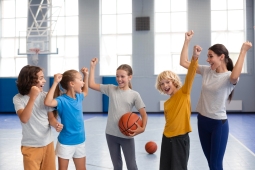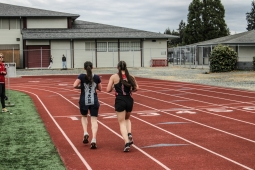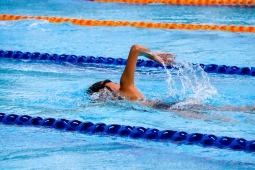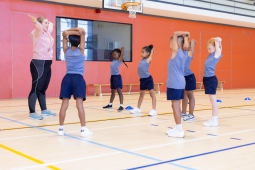No Equipment, No Problem! How to Incorporate Physical Activity with No Materials
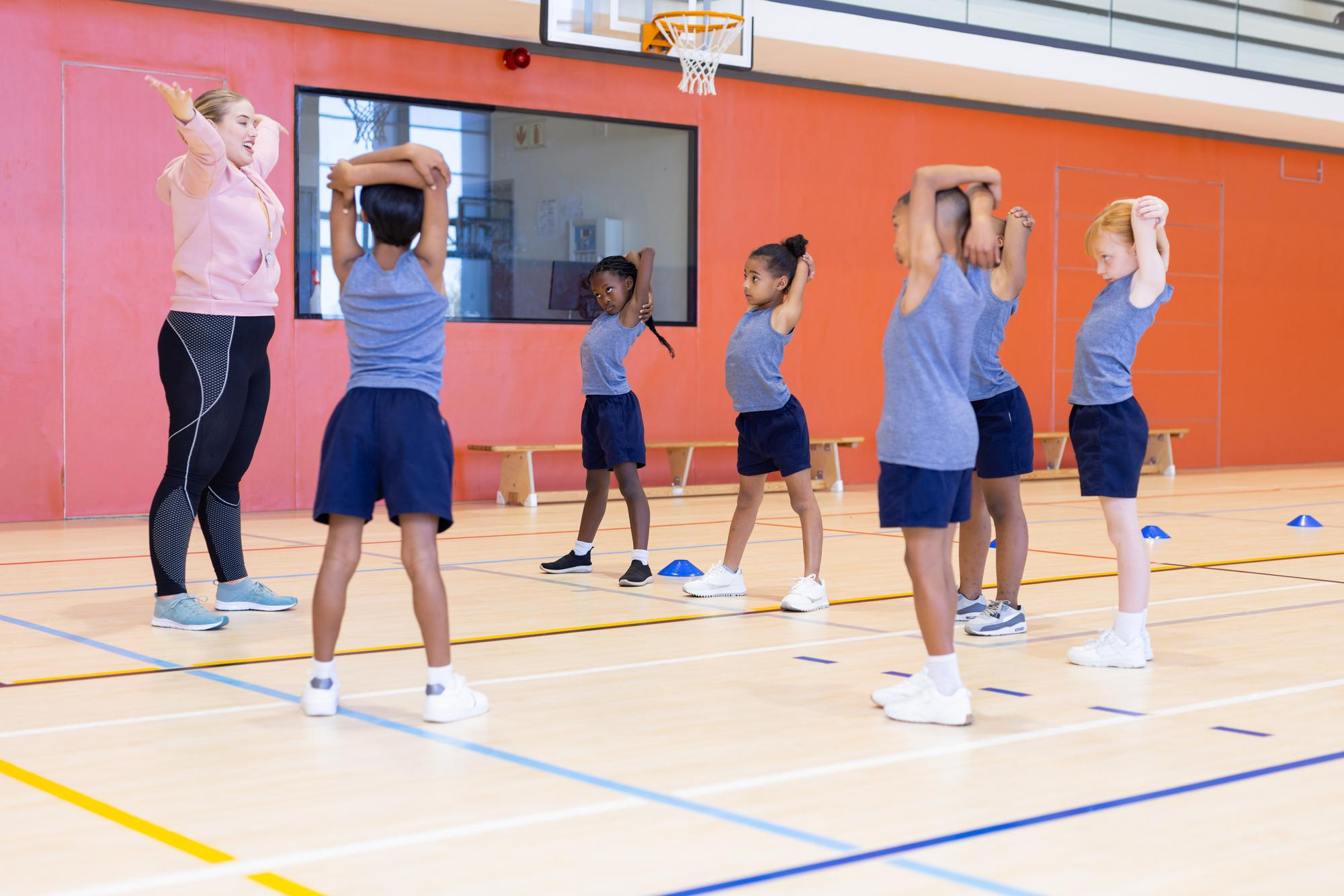
As Physical Education teachers, it is common to encounter situations where there is limited or no equipment available. Likewise, classroom teachers often wish to incorporate Daily Physical Activity into their routines but face the challenge of doing so without any materials. To address this, we have compiled a list of activities that require no equipment and still offer a fun and engaging way to get moving.
Revisit the Fun of Tag Games
We all recall the joy of playing tag games that require no equipment. However, safety must always be a priority, particularly when ensuring that players do not fall when tagged. One way to reduce the risk of injury is by using pool noodles for the taggers. Pool noodles help slow down the taggers and make the game safer. Alternatively, you can practice various locomotor movements, such as penguin walks, kangaroo jumps, or walking heel-to-toe, to slow down the runners and make tagging safer. Another safety measure is to instruct taggers to tag players on their shoulder blades, reducing the chances of accidental falls.
One of my favorite tag games is called "Everyone’s It."
In this game, every player is “it.” When a player is tagged, they must perform jumping jacks until everyone has been tagged. In the next level, players pair up so that their partner can tag them while they are doing jumping jacks to set them free. The game can be further developed by forming groups of four, where members tag and free each other.
Another fun tag game is called "Markers and Taggers."
In this game, pairs of players hold hands and attempt to tag the opposing pair. Both teams walk quickly and can use other pairs as obstacles to hide behind. This game can also be adapted for teams of four.
Indigenous Games for Agility and Strength
Indigenous games often focus on testing players’ agility and strength by having them pair up. Here are a few examples:
1. Toe Tapping
- Players hold onto each other’s shoulders while trying to tap the opponent’s feet with their own feet as many times as possible.
2. Knee Touching
- Players stand face-to-face and attempt to touch their opponent’s knees as many times as possible within a set time.
- A second version is to have one player be in a push-up position; the other player is the tagger and is in a standing position. When the players are ready, the tagger attempts to tag the knee of the push-up player while the push-up player attempts to spin away from having their knee tagged.
3. Leg Wrestling
- In this strength-based challenge, players lie opposite each other, locking their legs. At the signal to begin, both players try to pull their opponent’s feet to the ground, beyond their head.
Fun Games for Teams of Four
Games involving teams of four encourage cooperation and creativity. Relay races are one example, where teammates navigate over, under, or around each other in creative ways. A game that I recently discovered and found especially useful is Mathematics Baseball.
This game is set up like traditional baseball, with four bases positioned at the corners of a classroom. The further apart the bases, the more physically active the game becomes. Two teams start at a defined home base, and the leader calls out a math problem (e.g., 7 x 8 = ?). The first player to answer correctly moves to first base, while the other player returns to the back of their team’s line. The player on first automatically moves to second (and other players from the same team are pushed to the next base). As soon as a winner is determined the leader should call out the next question for the next two players in line. This game blends physical activity and mental challenges, keeping players both engaged and active.

Rock-Paper-Scissors Variations
There are several fun variations of the classic Rock-Paper-Scissors (RPS) game, many of which have been popularized by CIRA Ontario. Here are a few:
1. RPS Stretch
- Two players stand toe-to-toe, with their back foot touching the heel of their forward foot. After playing a round of RPS, the winner moves their front foot behind their previous back foot. The other player moves their front foot to touch their opponent’s toes, starting to stretch. The game continues until one player can no longer reach their opponent’s foot with a stretch. The first player to five stretches wins.
2. First to Five
- In this variation, players stand in a circle and play a round of RPS with their neighbours. They earn points by beating one or both players next to them and lose points when defeated. A tie earns no points. The first player to five points wins.
3. RPS Football
- RPS football is always a class-pleaser. Two teams, each with three to four players, line up 10-15 paces apart. The first players jump toward each other until they meet. They play RPS. The losers go to the back of their line, and the winner jumps to meet the second player that is jumping towards them. Each time a player crosses the end line, they score a touchdown.

Circle Games with No Equipment
Circle games can be played without any equipment, and they are excellent for keeping players engaged. To avoid losing participation when a player is eliminated, set up several circles so that when a player is eliminated, they can join another circle and stay engaged in the activity.
1. Duck, Duck, Goose
- This version involves players starting in a plank position instead of sitting.
2. Hand Clapping
- Players lie on the floor with their hands overlapping their neighbour’s hands. The goal is to clap hands onto the floor in order, and a double clap reverses the direction. If a player claps when they should not, they are eliminated.
Action Games
There are also action games that keep players active and engaged.
1. Simon Says
- Keeps players active especially if the leader adds, Simon Says, “Run on the spot.”
2. Simone Says Previous
- This classic game becomes more challenging when players must do what Simon said during the previous round. Leader might begin with, “Simon says walk in place.” The players do nothing. When the Leader next says, “Simon says do jumping jacks.” The players walk in place—remembering the previous Simon Says.
3. Head, Shoulders, Knees, and Toes
- You can increase the challenge by doing this exercise quickly, slowly, or even in reverse order (e.g., Nose, Mouth, Ears, Eyes, Toes).
4. Memory Exercise Games
- Players mirror each other’s movements, testing their memory and coordination.
Conclusion
While having access to equipment is fantastic, it is entirely possible to engage in purposeful movement without any materials at all. Whether through tag games, agility challenges, or memory exercises, there are countless ways to stay active.
For even more ideas, check out a list of over 40 no-equipment games, many of which include supportive videos, at this link.




